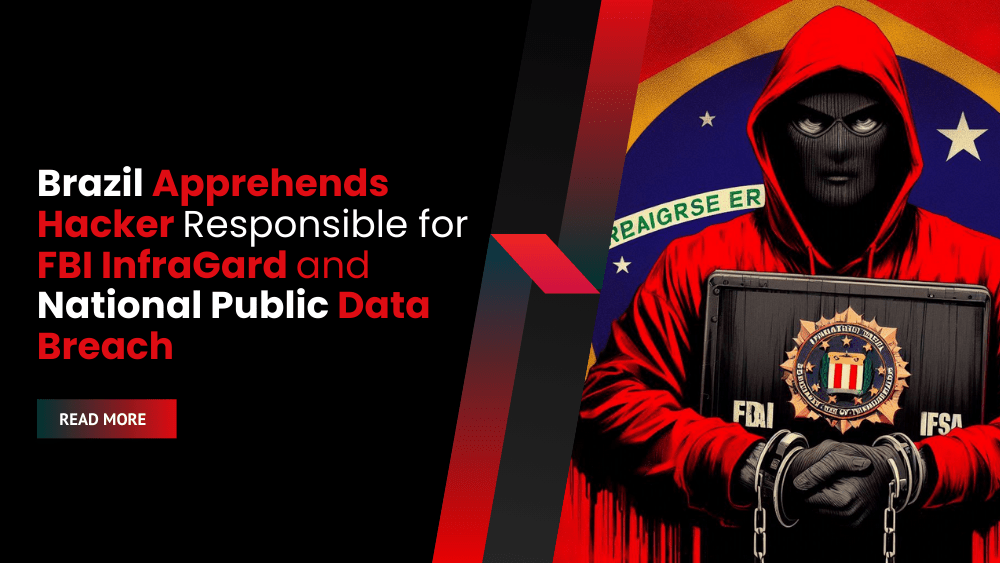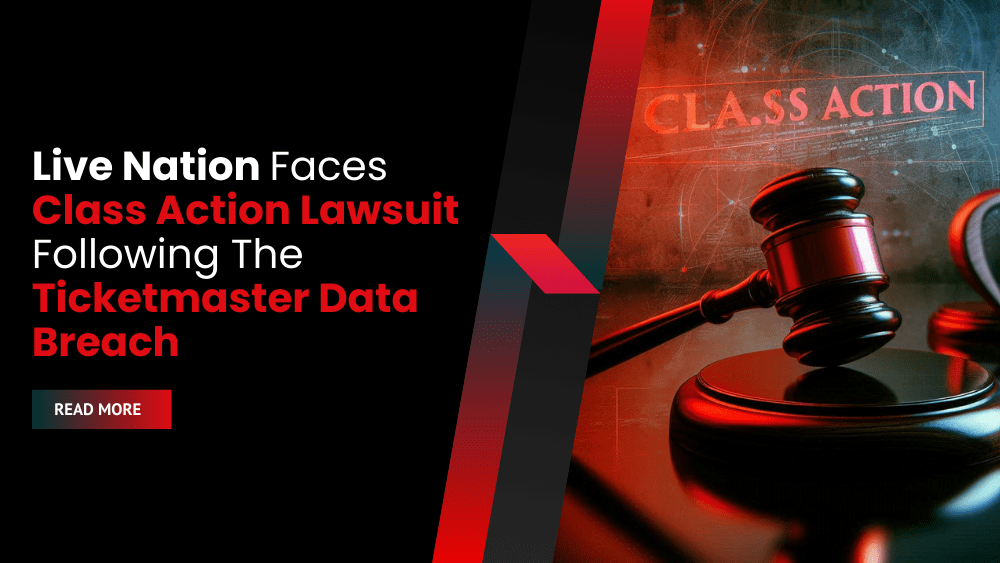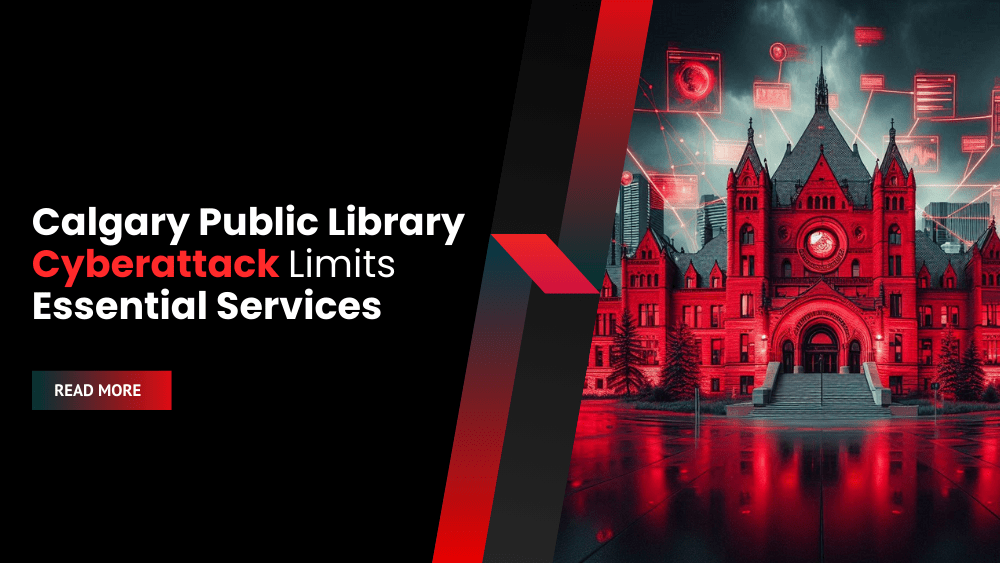As the use of social media platforms in businesses continues to grow exponentially, the risks to organizations and their employees are also increasing. Social networks have provided cybercriminals with rich sources of personal data and new avenues for sophisticated phishing and social media scams.
Through social engineering and impersonation techniques, social media scammers can deceive even seasoned professionals out of sensitive company details or credentials. With corporate networks more interconnected than ever, a single compromised employee account can now pose serious risks.
As businesses expand their social media presence, IT and security teams need to educate all staff on the latest scam techniques prevalent across major platforms.
In this blog, we examine recent trends seen targeting both individuals and organizations and the best practices to help enterprises strengthen their social media security posture and minimize threats to their business.
Understanding the Threat of Social Media Scams: Beyond Likes, and Shares
Social media has become an integrated part of our lives, but with its vast connectivity comes a hidden threat: social media scams. These deceptive tactics, employed by cybercriminals, aim to trick unsuspecting users into revealing personal information or engaging in fraudulent activities.
The Devious Tricks Up Their Sleeves:
- Fake Giveaways: Ever dream of winning a dream vacation or the latest tech gadget? Cybercriminals exploit this desire by creating fake social media profiles or pages promising enticing giveaways. These scams often require users to jump through hoops – like sharing the post with their network or providing personal details – to be “entered.” However, there’s no real prize; the true goal is to collect a large pool of user data for malicious purposes, like spam campaigns or identity theft.
- Impersonation Scams: Be wary of messages or friend requests from seemingly familiar faces. Cybercriminals can create fake profiles that impersonate well-known brands, celebrities, or even your own friends or family members. These imposters may try to exploit your trust by requesting financial assistance for fabricated emergencies, tricking you into clicking on malicious links, or even attempting to steal your login credentials.
- Malicious Links: Social media feeds are full of links, but not all of them are what they seem. Cybercriminals can disguise malicious links to appear harmless, often using clickbait tactics or shortened URLs. Clicking on these links can lead to a variety of dangers, including malware downloads that infect your device or phishing websites designed to steal your personal information like passwords or credit card details.
The Double-Edged Sword: Social Media Security Risks Businesses Need to Address
Social media platforms have become an integral part of businesses. They offer numerous benefits for businesses, such as brand awareness, customer engagement, and increased reach. However, it has a dark side that poses significant risks to businesses.
Phishing on Social Media
Phishing is one of the most common types of social media attacks. It involves cybercriminals posing as legitimate entities, such as banks, online retailers, or social media platforms, to deceive users into sharing their personal information.
These scammers often send messages or emails that appear to be from a trusted source, urging users to click on a link or provide their login credentials.
Phishing on social media can be highly convincing, as scammers often use sophisticated techniques to mimic the appearance of legitimate websites or profiles.
They may create fake login pages or send messages that appear to be from a legit business. Once users unknowingly provide their information, cybercriminals can gain unauthorized access to their accounts and exploit their personal data.
Sharing Sensitive Data
One of the primary dangers of social media for businesses is the amount of data that is shared. Users often share personal information, including their location, contact details, and even stories that reveal their business locations. While this information may seem harmless, it can be exploited by cybercriminals for various malicious purposes.
By obtaining significant data, criminals can execute data or credential theft, phishing attacks, and other scams. It is not just your business accounts that are at risk; your employees’ information can also be targeted which is why there is a need to safeguard your business as a whole.
Oversharing of Data
Oversharing is a common problem on social media platforms, and it can be a significant danger to businesses. As individuals and businesses strive to gain attention and engagement, they may become too trusting and share more information than they should. This includes sensitive business or customer data, as well as personal life experiences with friends and family. Cybercriminals can exploit this information in various ways:
Spear phishing attempts: By creating fake accounts, social media scammers can send surveys or emails to extract personal data.
Whaling attacks: Cybercriminals use sensitive information to target senior executives and trick them into revealing business data or transferring funds.
Spoofing: Criminals impersonate close associates of the company to gather more information from employees or executives. They can identify these individuals by analyzing likes and comments to determine the closest connections.
Even if you refrain from sharing personal information, criminals can still gather valuable data from photos or individuals tagged in your posts. This information can be used to steal digital identities or hack into accounts.
Keeping Devices Unprotected
Many businesses overlook the importance of device protection when using social media platforms. The ease of access and use often leads managers to neglect security measures. However, this habit increases the chances of data theft.
Opportunistic thieves can access your business accounts without requiring authentication when there are fewer security boundaries in place. Once inside, cybercriminals can gain access to confidential information, customer lists, and even credit card data.
They can also send malicious links to other users within the company, launching realistic phishing attacks on your close friend lists.
Mass Data Aggregation
Quizzes and surveys may seem harmless and entertaining, but they can be a gateway for hackers to access your personal data. Many hackers take advantage of these quizzes to steal information by asking seemingly innocent questions.
However, these questions often align with common security questions used on social platforms. By responding to these quizzes, individuals unknowingly provide cybercriminals with the information they need to access their profiles.
It is crucial to exercise caution when participating in surveys or quizzes and ensure they come from trustworthy sources.
Lack of Privacy Settings
Privacy settings on social media platforms play a vital role in protecting your data. However, these platforms frequently update their privacy policies, leading to significant changes in settings.
It is essential to stay informed about these updates and adjust your privacy settings accordingly. Failing to do so may result in unintended data exposure and increased vulnerability to cyber threats.
Costly Clicks: Real-World Social Media Attacks and Their Impact
Here are real-life incidents that highlight the severity of cyber attacks through social media. These case studies serve as cautionary tales, emphasizing the importance of being vigilant and taking necessary precautions to protect our online data.
The Facebook Data Breach
One of the most notorious cyber attacks involving social media platforms is the Facebook data breach that occurred in 2018. It affected approximately 87 million users and exposed their personal information to unauthorized third parties. The breach was a result of a vulnerability in Facebook’s API, which allowed attackers to access users’ profile information, including names, email addresses, and even private messages.
This incident served as a wake-up call for both social media users and platform providers. It highlighted the need for stricter security measures and better data protection practices to prevent such breaches in the future.
The Twitter Account Hijacking of High-Profile Individuals
In July 2020, a major security incident took place on Twitter, where several high-profile accounts, including those of Barack Obama, Elon Musk, and Bill Gates, were hijacked. The attackers used social engineering techniques to trick Twitter employees and gain access to the accounts. They then used the compromised accounts to promote a Bitcoin scam, resulting in financial losses for unsuspecting users.
This incident highlighted the vulnerability of even the most prominent social media platforms and the importance of implementing robust security measures. It also emphasized the need for individuals to be cautious about clicking on suspicious links or providing personal information, even if it appears to come from a trusted source.
The LinkedIn Phishing Social Media Attack
In 2012, a significant phishing attack affected numerous LinkedIn users. The attackers sent emails that appeared to be from LinkedIn, requesting users to reset their passwords. When users clicked on the link provided in the email and entered their login credentials, the attackers gained access to their accounts.
This incident demonstrated the effectiveness of phishing attacks and the importance of being vigilant when receiving emails or messages requesting sensitive information.
The Instagram Account Takeover
Instagram has also experienced instances of account takeovers. In these incidents, attackers gain unauthorized access to users’ accounts and use them for malicious purposes. They may post inappropriate content, send spam messages, or even impersonate the account owner.
These account takeovers often occur due to weak passwords, password reuse, or falling victim to phishing attacks.
The Snapchat Security Breach
In 2014, Snapchat experienced a security breach that exposed millions of user account details. The breach occurred due to a lack of proper security measures, allowing attackers to access and publish users’ usernames and phone numbers online.
This incident highlighted the importance of platform providers implementing robust security protocols to protect user data. It also served as a reminder for users to be cautious about the information they share on social media platforms and to regularly review their privacy settings.
These case studies demonstrate the real and significant risks associated with social media sharing. They emphasize the need for individuals to be proactive in protecting their online data and to stay informed about the latest security practices.
Best Practices to Outsmart Social Media Scams: Building a Secure Digital Footprint
While social media scams can be concerning, there are several steps you can take to protect your organization from falling victim to these cybercriminals. Here are some essential tips:
Regularly Review and Update Your Privacy Settings on Social Media Platforms
One of the first steps in building a secure digital footprint is to regularly review and update your privacy settings on social media platforms. These settings allow you to control who can see your posts, photos, and personal information. By customizing your privacy settings, you can ensure that only the necessary information is visible to others, minimizing the risk of exposing sensitive data to potential hackers.
Be Cautious About the Personal Information You Share Online
When it comes to building a secure digital footprint, it is crucial to be cautious about the personal information you share online, especially on public platforms. Avoid sharing sensitive details such as your full address, phone number, or financial information. Think twice before posting personal information that could be used to answer security questions or gain unauthorized access to your accounts.
Use Strong and Unique Passwords for Each of Your Online Accounts
Use unique and complex passwords for each of your online accounts. Avoid using common passwords or easily guessable information such as your birthdate or pet’s name. Consider using a reputable password manager to help you generate and store strong passwords securely.
Enable Multifactor Authentication Whenever Possible
Multifactor authentication adds an extra layer of security to your online accounts. It requires you to provide additional verification, such as a fingerprint scan or a unique code sent to your mobile device, in addition to your password. Enable multifactor authentication whenever possible, as it significantly reduces the risk of unauthorized access to your accounts.
Be Mindful of the Apps and Services You Grant Access to Your Personal Information
When using apps and services, be mindful of the permissions you grant them to access your personal information. Review the privacy policies and terms of service before granting access. Limit the information you provide to only what is necessary for the app or service to function properly. Regularly review and revoke access to apps and services that you no longer use or trust.
Regularly Monitor Your Online Presence and Proactively Address Potential Privacy Vulnerabilities
Building a secure digital footprint requires ongoing vigilance. Regularly monitor your online presence by conducting searches of your name and personal information. Look for any potential privacy vulnerabilities, such as outdated or incorrect information, and take proactive measures to address them. Report any unauthorized use of your personal information and work with the relevant platforms to have it removed.
Conclusion
Social media’s a powerful tool, but cybercriminals lurk in the shadows. Don’t let them steal your data or peace of mind!
Empower yourself with knowledge. Learn red flags for scams and how to build a secure digital footprint. Remember, a healthy dose of skepticism is your friend. Don’t click suspicious links, be cautious with personal information, and report anything fishy.
By taking control of your online security, you can transform social media from a potential minefield into a safe space for connection and engagement. So go forth, social media savvy and scam-proof, and enjoy the positive aspects of this ever-evolving platform!
Frequently Asked Question (FAQs) about Social Media Scams
How can I identify a social media scam?
Social media scams can be tricky to identify, but there are some red flags to watch out for. Be cautious of unsolicited messages, requests for personal information, or offers that seem too good to be true. Verify the source and do some research before engaging with any suspicious content.
What should I do if I suspect a social media scam?
If you suspect a social media scam, do not engage with the content or provide any personal information. Report the suspicious account or post to the social media platform and warn everyone you can about the potential scam.
Can social media platforms do more to protect users from scams?
Social media platforms are continuously working to improve their security measures and algorithms to detect and prevent scams. However, users also play a crucial role in protecting themselves by being vigilant and taking necessary precautions.
How can I report a social media scam?
Most social media platforms have reporting features that allow users to report suspicious accounts, posts, or messages. Look for the “Report” or “Flag” option on the platform and provide details about the scam. This helps the platform take appropriate action against the scammer.
Are there any tools or software that can help protect against social media scams?
There are various cybersecurity tools and software available that can help protect against social media scams. These tools can detect malicious links, provide real-time threat detection, and offer additional layers of security for your devices and accounts. It’s recommended to research and choose reputable cybersecurity solutions that best suit your needs.
What are the risks of social media sharing?
Social media sharing poses several risks to your online security. By sharing personal information on social media platforms, you expose yourself to potential privacy breaches and become a target for hackers. They can use the information you share to steal your identity, gain unauthorized access to your data, or launch cyber attacks.
How do hackers target individuals through social media?
Hackers employ various strategies to target individuals through social media. Some common tactics include phishing, social engineering, and malware. Phishing involves sending deceptive emails or messages to trick users into revealing sensitive information. Social engineering manipulates individuals into divulging confidential details through psychological manipulation. Malware disguises malicious software as innocent files or links, compromising the security of your devices and data.
How can digital literacy help safeguard personal data?
Digital literacy plays a crucial role in safeguarding personal data. It refers to the ability to navigate and effectively use digital technologies, such as computers, smartphones, and the internet. By developing digital literacy skills, individuals can actively protect their data and defend themselves against cyber attacks. Understanding the risks of social sharing, recognizing warning signs, and knowing how to protect sensitive information are essential aspects of digital literacy.
How can I recognize and prevent privacy breaches online?
Recognizing the subtle signs of privacy breaches is vital for protecting your data. It’s important to be aware of social engineering and phishing attacks, which are commonly used by cybercriminals. Social engineering tactics involve manipulating individuals into disclosing sensitive information, while phishing attacks use fraudulent emails or messages to trick people into revealing personal details. By staying informed, implementing proactive measures, and being vigilant in the virtual world, you can significantly reduce the risk of falling victim to privacy breaches and cyber attacks.












